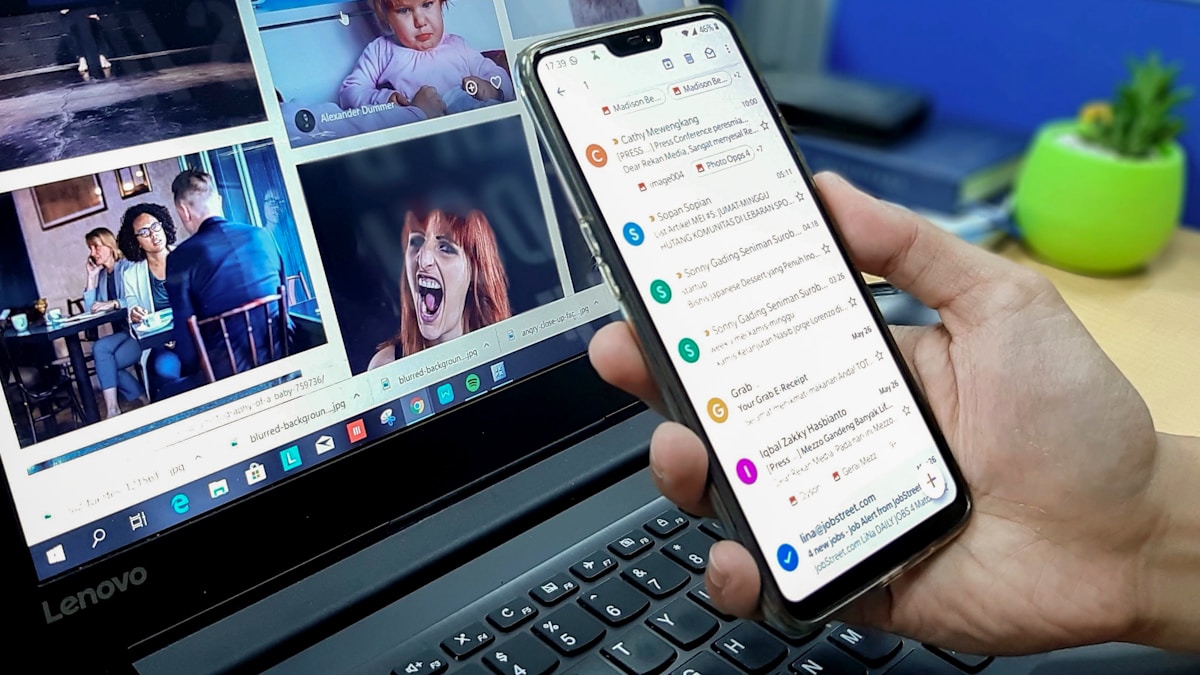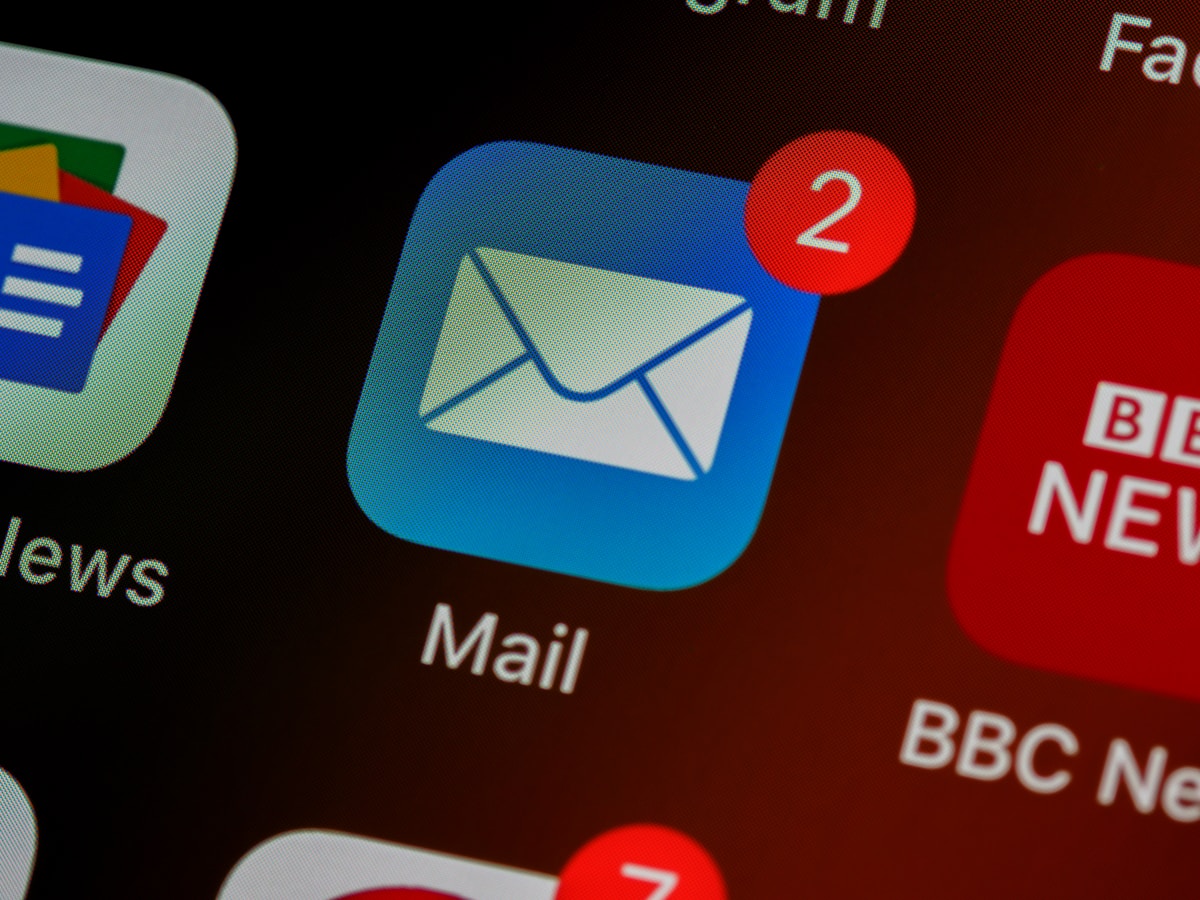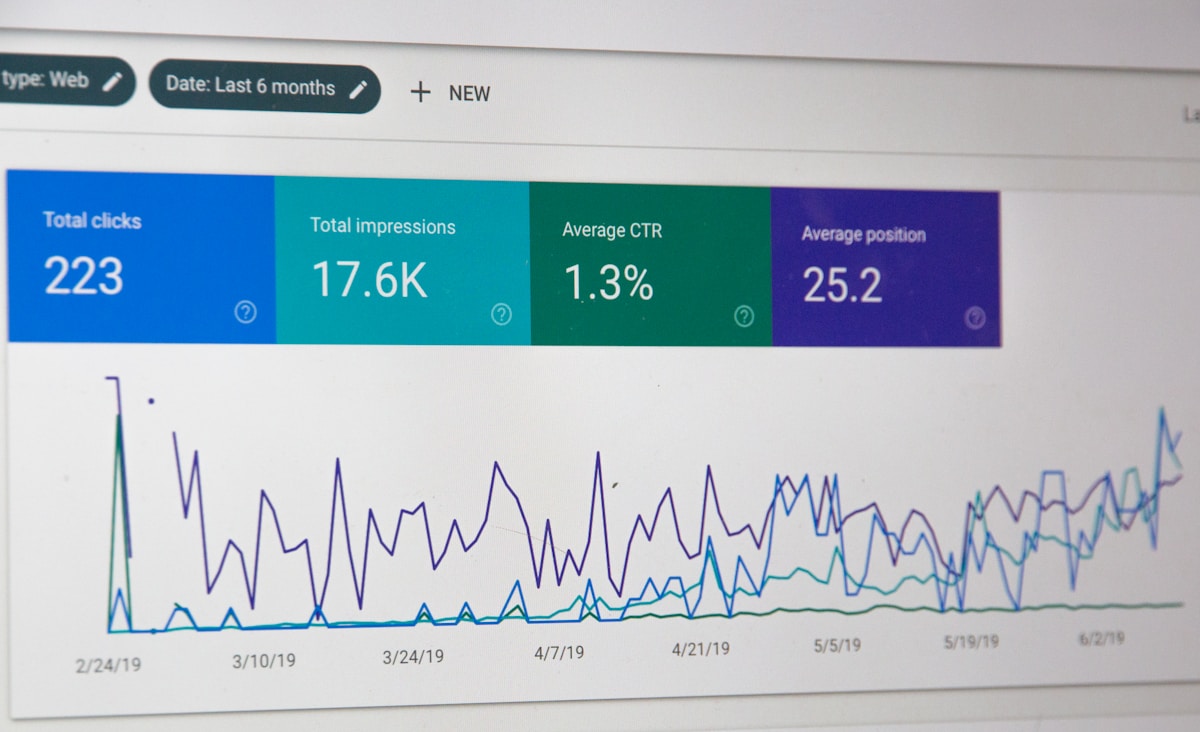Email Marketing Mastery: Strategies For Captivating Campaigns
Email Marketing Mastery: Strategies For Captivating Campaigns

Email marketing has become essential for businesses looking to connect with their audience and drive results. Crafting compelling email campaigns and mastering the art of email advertising are key components of a successful email marketing strategy. In this guide, we will explore the power of email marketing, provide email marketing tips on creating effective email campaigns, and delve into the world of email advertising.
Understanding The Power Of Email Marketing
Email marketing is a powerful tool for businesses to communicate with their audience directly through their inbox. It allows for personalized messaging and targeted communication, making it a highly effective way to reach potential customers. With the right strategies, email marketing can drive engagement, build brand loyalty, and increase sales and conversions.
How To Do Email Marketing?
Email marketing is a powerful tool for reaching your audience and driving engagement. Here's a general guide to getting started with email marketing:
- Set Clear Goals - Determine what you want to achieve with your email marketing campaign, whether promoting a product, driving traffic to your website, or increasing brand awareness.
- Build Your Email List - Collect email addresses from your website visitors, social media followers, and other sources. Offer incentives such as discounts or exclusive content to encourage people to sign up for your emails.
- Choose an Email Marketing Platform - Select an email marketing platform that meets your needs. Popular options include Mailchimp, Constant Contact, and ConvertKit. These platforms offer features like email design templates, list management, and analytics.
- Create Compelling Content - Craft engaging and relevant content for your emails. It could include promotional offers, educational content, newsletters, or updates about your products or services.
- Design Your Emails - Use a responsive email template to ensure your emails look good on all devices. Include eye-catching images, clear calls-to-action (CTAs), and concise, compelling copy.
- Personalize Your Emails - Address your subscribers by name and segment your email list to send more targeted content based on their interests or behavior.
- Send at the Right Time - Schedule your emails when your audience will most likely engage. Test different send times to see what works best for your audience.
- Track and Analyze Results - Monitor the performance of your email campaigns using analytics. Track metrics such as open rates, click-through rates, and conversion rates to measure the effectiveness of your campaigns.
- Optimize Your Campaigns - Use the data from your email campaigns to optimize future campaigns. Experiment with different subject lines, content, and sending frequencies to improve your results over time.
- Comply with Regulations - Ensure that your email marketing practices comply with relevant regulations, such as the CAN-SPAM Act in the United States or the GDPR in Europe.
Following these steps, you can create and execute effective email marketing campaigns to help you achieve your business goals.
The Art Of Email Advertising
Email advertising involves strategically placing ads within emails to reach targeted audiences. Advertising allows businesses to promote products or services directly to their subscribers, making it a highly effective way to drive sales and conversions. Businesses can leverage this powerful tool for maximum impact by understanding how to effectively incorporate ads into emails without being intrusive.
Email Marketing Strategy Essentials

Email marketing has become indispensable for businesses looking to connect with their audience and drive conversions in today's digital landscape. A successful email marketing strategy involves leveraging data, personalization, and crafting irresistible subject lines to captivate subscribers. Let's delve into the essential components of an effective email marketing strategy.
Leveraging Data For Effective Email Marketing
Data is the cornerstone of effective email marketing. Businesses can tailor their email campaigns to deliver relevant content that resonates with their audience by analyzing subscriber behavior, purchase history, and engagement metrics. Utilizing customer data allows segmentation and targeting, ensuring that emails are personalized and timely.
- Segmentation - Divide your subscriber list based on demographics, purchase history, or engagement levels to send targeted emails.
- A/B Testing - Try alternative email components, including call-to-action buttons or subject lines, based on data-driven insights, to see how they work best.
Personalization: Key To Captivating Email Campaigns
Personalization is the key to capturing subscribers' attention and fostering a deeper connection with your brand. You can build a more engaging experience that drives higher open and click-through rates by addressing subscribers by name and tailoring content based on their preferences and past interactions with your brand.
- Dynamic Content - Incorporate dynamic elements in your emails, such as product recommendations or personalized offers based on subscriber behavior.
- Behavioral Triggers - Use triggers such as abandoned cart reminders or birthday offers to deliver personalized experiences that resonate with subscribers.
Crafting Irresistible Subject Lines
The subject line is the first impression subscribers have of your email campaign. Crafting compelling subject lines that pique curiosity and offer value is essential for driving open rates. A/B testing different subject line variations can give valuable insights into what resonates best with your audience.
- Curiosity Provoking - Use intriguing language or pose a question in your subject line to entice subscribers to open the email.
- Value Proposition - Communicate the value or benefit subscribers gain from opening the email in the subject line.
Businesses may create an email marketing plan that effectively promotes engagement and conversions by utilizing data, personalization, and generating compelling subject lines.
With these essentials in mind, let's explore how businesses can organically build an engaging email list by attracting quality subscribers who are genuinely interested in their offerings.
Building An Engaging Email List

Building a robust and engaged subscriber list is crucial for success in email marketing. Here's how to do it:
Growing Your Subscriber List Organically
- Encourage website visitors to sign up for your newsletter by prominently displaying a signup form on your homepage.
- Leverage social media platforms to promote your email list and entice followers to subscribe.
- Offer exclusive content or discounts in exchange for email signups, adding value to subscribers.
Utilizing Lead Magnets To Attract Subscribers
- Create compelling lead magnets like ebooks, whitepapers, or webinars that address your audience's pain points.
- Promote these lead magnets across various channels and direct interested individuals to a dedicated landing page where they can subscribe.
- Once subscribed, nurture these leads with targeted content and offers tailored to their interests.
The Importance Of Segmentation And Targeting
- Segment your subscriber list based on demographics, behaviors, or purchase history to deliver personalized content.
- Tailor your email campaigns based on these segments, ensuring each subscriber receives relevant and engaging content.
- You can significantly improve engagement and conversion rates by targeting specific segments with the right message at the right time.
Designing High-Performing Email Templates
Businesses may effectively engage with their audience through email marketing, and the success of your campaigns is greatly dependent on the design of your email templates. Creating visually appealing and mobile-optimized emails is essential for ensuring your messages are engaging and accessible across all devices. You can ensure that your emails appear fantastic on all screen sizes by employing responsive design strategies, increasing the likelihood that recipients will interact with your information.
Creating Visually Appealing And Mobile-Optimized Emails
When designing email templates, it's important to consider the visual appeal of your content. Use eye-catching graphics, compelling images, and a clean layout to capture the attention of your subscribers. Optimizing your emails for mobile devices is crucial in today's digital landscape. With more people accessing their emails on smartphones and tablets, ensuring your content is easy to read and navigate on smaller screens is key to maximizing engagement.
A/B Testing For Optimizing Email Design
A/B testing is a valuable technique for optimizing the design of your email templates. You can determine which design resonates best with your audience by creating multiple versions of an email with different elements such as subject lines, images, or calls-to-action. With the help of this data-driven approach, you can confidently decide on the style and graphic components of your emails, which will eventually increase the open and click-through rates.
Incorporating Interactive Elements For Engagement
Incorporating interactive elements into your email templates can significantly enhance engagement with your audience. Clickable buttons, picture carousels, and embedded videos are features that can draw readers in and motivate them to engage with your material.
Interactive emails provide an immersive experience for subscribers, increasing the likelihood of them taking action based on the information provided.
You can elevate the impact of your email marketing campaigns and create compelling experiences that resonate with your audience by following these tips for designing high-performing email templates.
Measuring Success And Iterating

As you continue to refine your email marketing strategy, it's crucial to analyze the performance of your campaigns. You can obtain insightful knowledge from email marketing stats to help you make data-driven decisions. Email engagement analytics offer a comprehensive picture of how your audience responds to your messages, ranging from open and click-through rates to conversion and unsubscribe rates.
Analyzing Email Marketing Metrics For Improvement
When analyzing email marketing metrics, looking beyond surface-level numbers is important. Dive deep into the data for trends and patterns that inform your strategy. For instance, if you notice a decline in open rates, consider testing different subject lines or adjusting the timing of your emails. You'll be able to identify areas for improvement and optimize your email campaigns for success by continuously monitoring and analyzing these metrics.
Harnessing The Power Of Testing And Iterating
Testing is a fundamental aspect of effective email marketing. A/B testing makes you compare different elements of your emails, such as subject lines, calls-to-action, or visuals, to determine which resonates best with your audience. You can clarify your approach and continuously enhance the performance of your email campaigns by systematically iterating based on the results of these tests.
Optimizing For Deliverability And Engagement
In addition to content and design considerations, optimizing deliverability is essential for ensuring your emails reach their intended recipients' inboxes. Pay close attention to sender reputation, spam complaints, and bounce rates to maintain high deliverability rates. Furthermore, focus on driving engagement by creating compelling content that prompts action from your subscribers.
You'll be well-equipped to drive tangible results for your business by taking a strategic approach to measuring success and iterating on your email marketing efforts.
How To Do Email Marketing With Strikingly?
You can use their built-in features to do email marketing with Strikingly. Here's a general guide to get started:
- Create an Account - Sign up for an account on Strikingly if you already have one.
- Build Your Website - Use Strikingly's website builder to create a professional-looking website for your business or brand.
- Collect Email Addresses - Add a newsletter signup form to your website to collect email addresses from visitors interested in your content or products.

Image taken from Strikingly
- Create an Email Campaign - Use Strikingly's email marketing tool to create and send email campaigns to your subscribers. You can design your emails using customizable templates and add images, text, and links.

Image taken from Strikingly
- Segment Your Email List - Divide your email list into segments based on demographics, interests, or past interactions with your website. It allows you to send more targeted and relevant emails to different groups of subscribers.

Image taken from Strikingly
- Schedule Email Campaigns - Use Strikingly's scheduling feature to set the date and time for your email campaigns to be sent. It can help you reach your audience at the right time for maximum impact.
- Track Your Email Campaigns - Monitor the performance of your email campaigns using Strikingly's analytics tools. Track metrics such as open rates, click-through rates, and conversion rates to see how your campaigns perform and make adjustments as needed.

Image taken from Strikingly
- Optimize Your Campaigns - Use the data from your email campaigns to optimize future campaigns for better results. Test different subject lines and content and send times to see what resonates best with your audience.
Following these steps, you can use Strikingly's email marketing features to effectively engage with your audience and drive traffic to your website.
Conclusion
Mastering email marketing is crucial for business growth in the ever-evolving digital marketing landscape. Businesses can extend their target audience and drive sales by understanding the power of email marketing, crafting compelling email campaigns, and leveraging effective email advertising. Businesses must focus on personalization, effective segmentation and targeting, and creating appealing and mobile-optimized emails to implement winning email marketing strategies.
Achieving success with effective email campaigns hinges on several key factors. Firstly, personalization is the cornerstone, fostering a strong connection with the audience by tailoring content to their preferences and interests. Segmentation and targeting further enhance campaign efficacy, ensuring that the right message reaches the right audience at the opportune moment. Moreover, crafting visually appealing and mobile-optimized emails in today's mobile-centric landscape is imperative to maximize engagement. Beyond these foundational elements, businesses must nurture leads through email automation, leveraging drip campaigns and triggered emails to guide prospects through the sales funnel. Additionally, analyzing metrics for improvement enables businesses to fine-tune their strategies based on audience behavior and preferences. Finally, optimizing deliverability and engagement is paramount, ensuring that emails land in recipients' inboxes and prompt desired actions, ultimately driving success in email marketing endeavors.
Businesses can succeed with effective email campaigns that drive business growth by mastering these email marketing aspects. Businesses can use email marketing to engage with their audience, foster brand loyalty, and increase sales by implementing five essential components. Businesses trying to accomplish their goals and interact more personally with their clients might benefit greatly from email marketing.
